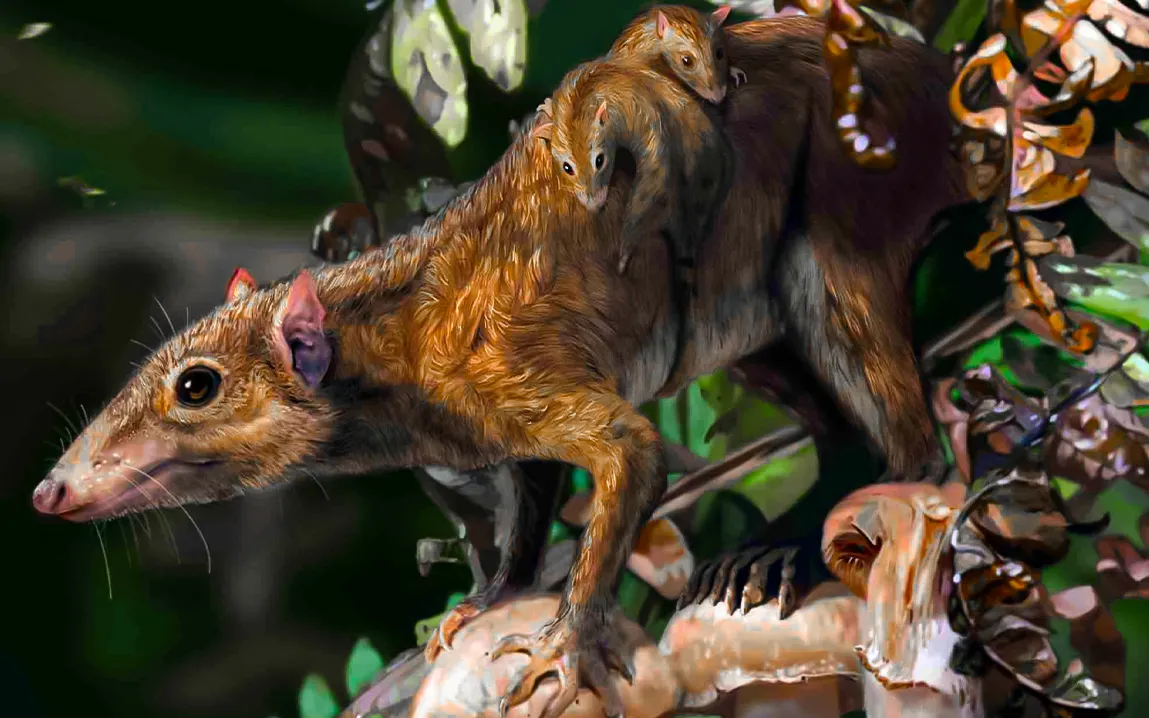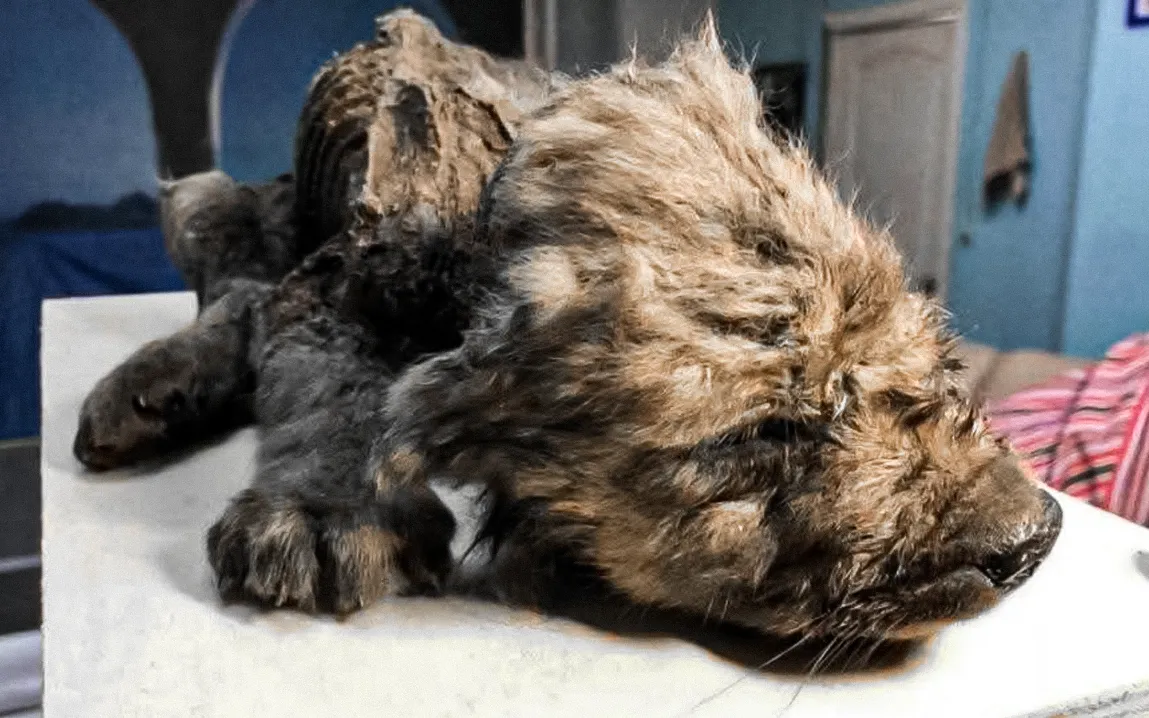A new study has revealed something surprising about ancient mammals. The ancient mammals were already starting to live on the ground millions of years before the asteroid wiped out the dinosaurs.
A Lifestyle Shift Before the Big Impact
Researchers from the University of Bristol studied tiny fossilized bone fragments from ancient mammals in Western North America. These fossils show signs that some mammals were adapting to life on the ground, long before the asteroid hit Earth and changed everything.
The discovery, published in the journal Palaeontology, suggests mammals were already adjusting their habits as Earth’s landscapes changed, even before the mass extinction.
Tiny Bones, Big Clues
Instead of relying on full skeletons, the research team focused on the ends of limb bones, which can tell a lot about how animals moved. These small bones showed signs of terrestrial locomotion, meaning the mammals were walking and living on the ground, rather than climbing trees.
The fossils were from marsupials and placental mammals, and were found in places with excellent fossil records like California, New York, and Calgary.
“We also knew that tree-dwelling mammals struggled after the asteroid impact. What had not been documented was whether mammals were becoming more terrestrial, in line with the habitat changes,” said Professor Christine Janis, lead author of the study.
Why Were Mammals Coming Down from the Trees?
It turns out that even before the extinction, plant life was changing, too. Flowering plants (angiosperms) were spreading across the ground, creating richer, more diverse habitats. This likely encouraged mammals to explore and adapt to ground life.
“The vegetational habitat was more important for the course of Cretaceous mammalian evolution than any influence from dinosaurs,” said Janis.
A New Way to Study Ancient Communities
What makes this study special is how it looks at changes across an entire mammal community, not just one species. It’s also one of the first to use tiny bone fragments to detect large-scale evolutionary shifts.
“I think this is the first study to use such small bone elements to study change within a community, rather than just individual species,” Janis explained.
A Peek Into Prehistoric Adaptation
While the project has now ended, the findings give scientists a clearer picture of how early mammals were already adjusting to new environments well before dinosaurs disappeared. It’s a reminder that evolution doesn’t always wait for a disaster; it’s often already in motion.



